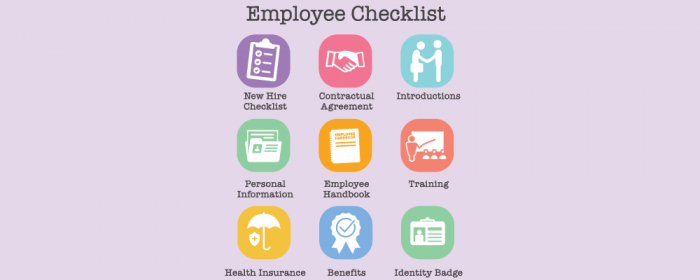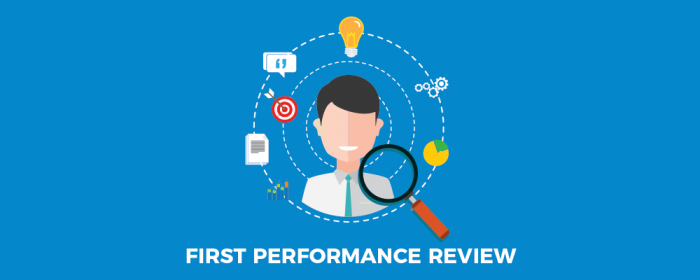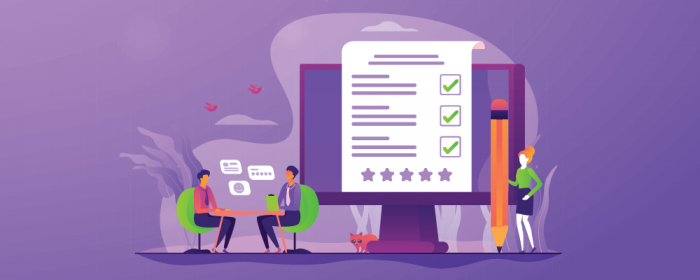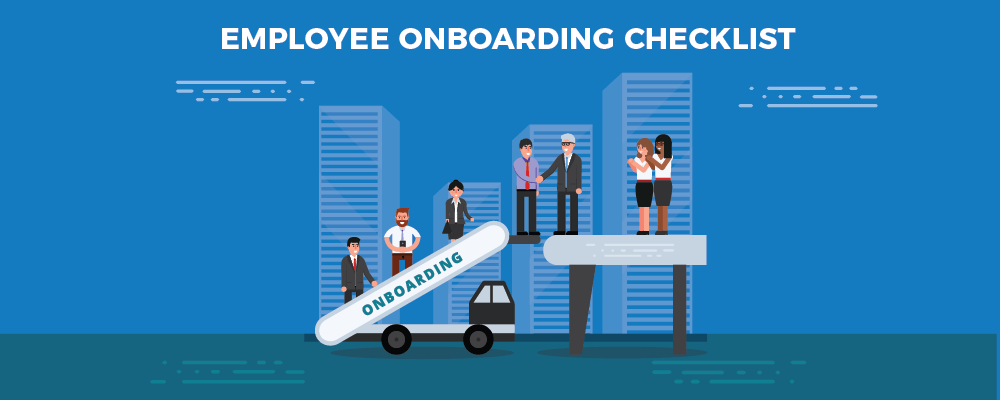Employee onboarding checklist is essential to folks in the HR department at any company. Well, let me reword it: “Employee onboarding checklist is super important to people in Human Resources from a good company.”
And by “Good”, we are pointing out companies with diversity, strong cultural values, lots of employees, etc. On that note, we don’t mean to shun small companies away; this particular example is only applicable to large platforms that have a dedicated HR department.
Moving on, experts from the school of management reportedly agree that human capital is the most significant contributor to a company’s competitive edge. At the end of the day, we are dealing with people.
Humans are a Fragile Breed | Ask the Experts!
Humans are fragile, emotional, and complicated.
Companies go to extra length to not only retain their human resources but also go through a lot of hoops to ensure optimal performance at the resources’ end.
The question is: How do we achieve this competitive edge while using the workforce at our disposal?
Alternatively, there could be another question: how do you ensure that the incoming resources will perform better in terms of getting adjusted, results, affiliation with co-workers, and many other variables?
That’s where a new employee onboarding checklist comes in. It’s not just a list with checkboxes; you need to make sure that whatever’s on the list is being done and followed.
Why Is Employee Onboarding Checklist So Damn Important?

A company at any stage of its business cycle, whether it is growing or already an established firm, must invest heavily in human capital. It is the best kind of investment any business could go for.
To that end, recruitment is one of the most vital processes for any institute. You need a practical employee onboarding checklist if you want to nail the hiring process. Beyond that, the same checklist helps a lot to enable the employee transitioning phase.
Here’s how it works:
A well-thought-out staff onboarding checklist will help your organization to give that push to the newly hired person. Moreover, it reportedly enables the employee to blend in and get acquainted with the cultural norms of the company.
The whole process leads to better employee retention and decreased employee turnover rates. There is a reason why companies of the 21st century go to lengths to keep an employee loyal to the company – and that is cost; the cost of money, cost of time, and cost of losing a company asset.
After you have successfully hired a new staff member by going through the job advertisements, shortlisting, and interviews, it is time for you to help the new hire become a part of your structure.
If you already have an employee onboarding checklist, you should definitely consider revising it. A new employee onboarding checklist every year ensures the process remains updated and free of errors.
The best approach is to have the activities divided for specific periods. For instance, it is beneficial to plan quarterly, semiannually, and annually instead of doing just yearly planning.
In a nutshell, you should breakdown the employee onboarding checklist into six parts:
- Whatever Happens on the First Day?
- Things to Do In The First week
- Retrospective After the First Month
- After three months
- The Situation After Six months
- First Annual Review
Employee Onboarding Checklist Rule# 1: Things to Do Right Before and Immediately After the Employee Joins Your Organization

Some tasks should be done before the first day of any number of new employees. The one thing you do not want to do is getting along with the preparations right in front of the employee(s) in question.
It looks highly unprofessional. Period.
They will think that you are just wingin’ it to meet some kind of quota from the Human Resources Department.
The things you need to take care of before the new individual walks through that company door are appended below. Feel free to improvise if your setup or requirements are different:
- Write a welcome email to the new hire. Ensure you attach all the important links to the company’s online employee portal and a copy of employee instructions to remove any kind of confusion in the employee’s mind.
- Be clear in guiding the new hire as to where he/she should report and which documents to bring (if required).
- Send a copy of the HR forms that need to be completed. It will save time for your firm. Also, it will allow the new hire to get the required information or documents for the form beforehand.
- Assign a ‘helper’ for the new employee. Ideally, it could be an intern from the same department since regular employees don’t have much time at their disposal.
- Above all, don’t forget to send an email to the rest of the employees, informing them of the person who just joined the bandwagon.
- Go the extra mile and choose an employee announcement strategy so that they feel welcomed on their first day with the team. This can be an excellent way to introduce them to the company culture and give them a window open to the ways that management cares about employees.
Let’s move on to the crux of our actual employee onboarding checklist.
Whatever Happens on the First Day?

Here is the employee onboarding checklist for the first day:
- Introduce the employee to your company’s mission, goals, values, and culture.
- Make sure you introduce the employee to his team. Set an introductory meeting with the direct supervisor.
- Let the employee meet with the key people of the organization. For example, the managers of all departments, and the CEO or director.
CEOs and Directors are far-fetched in this equation but do it if it’s a possibility.
- Give the new hire a tour of the office. Let him know where each department is located. He must be told about parking spots, restroom location, and all entries and exits of the building.
This will make the employee feel comfortable as he won’t have to have many questions about basic things.
- Assist the employee in the completion of all the necessary paperwork by the HR.
- Help the individual in setting up his system. Have your IT guys visit the employee to make sure everything is set and ready to be used.
Things to Do in The First Week

Here is the employee onboarding checklist for the first week:
- Schedule a meeting with the new hire’s supervisor. It will set out the expectations and tasks for the employee to complete during the first week.
- A crucial element of this meeting should be two-way communication between the supervisor and the employee.
In addition to communicating the company’s work and expectations, the supervisor should also listen to the employee’s personal and professional goals, strengths and weaknesses, and interests.
- Arrange brief sessions with the heads of all departments working in the organization.
- Assign tasks to the employee in the first week. Employ on-the-job training, if required. It will save a lot of time and ensure the productivity of the firm
- Arrange an official lunch or dinner for the whole team. The gesture will help the new hire to open up and gel with the people he or she is working with.
Studies have shown that people sometimes behave significantly differently inside and outside the office.
Additional Things to Do on A New Employee Checklist for The First 90 Days!
Here are a few additional things to do on employee onboarding checklist for the first three months:
- Start providing in-depth knowledge of the working of the company. Share all relevant information with the employee. The better equipped the employee is, the better decisions he can make.
- Monitor job performance during the first month. Where necessary, provide feedback to the employee to help him understand the way of working. The feedback should always be constructive.
- Ensure regular check-ins to assist the employee in any way possible. Typically, new hires do not reach out to the company people to report a problem. Therefore, you must take the initiative and ask such questions.
- At the end of the month, make sure there is no problem with the employee’s payroll. If the first income is on time, it will give a good impression of the firm’s efficiency.
After Three Months

It is time to have the first performance review of the employee.
Try and be as friendly and supportive as possible – i.e. if you are openly discussing the employee’s performance with him or her. Doing so will help things to sink in easily. Plus, it will also give the concerned individual to clear things up in case an ambiguity comes up.
Avoid harsh words. Be clear about what changes are required. Also, it is exigent to appreciate the employee on things he did well.
Review the assignments completed by the employee. Compare the results with future expectations and guide the employee accordingly.
Update the performance goals. Use SMART goals and encourage the employee to go the ‘extra mile’ to attain them.
Manage your team with a scheduling app:
5 Best Employee Scheduling Software to Use in 2024
Situation After Six Months
After 6 months, things take a sharp turn on an employee onboarding checklist.
Part of the reason is that the said employee is now well acquainted with everything in the company. If it’s not that way, at least he/she knows how stuff works within the department.
To that end, conduct a semi-annual performance review. Have the employee know the areas of improvement and devise a plan to overcome them.
You can check to see if the employee’s personal goals are aligned with the company goals. This is usually done by asking them multiple-choice questions that lead to certain use case scenarios.
If there is something wrong, arrange a meeting with the employee and figure out what can be done.
The First Annual Review

Oh boy! A year has passed, and now it is time to head for the annual review on the new employee onboarding checklist.
This step might be the last one on your list, but it is incredibly important.
Usually, annual performances are done behind closed doors among team leads, directors, and CEOs. If you are going to involve the employee in that meeting, which is not highly recommended because things can go astray out of nowhere, make sure that the process is professional and subtle.
Regardless of the annual review process, it is important to get feedback from the employee about his/her team, peer conduct, and any other thing that the person may have observed during the first year.
Skim through the employee’s review ratings and select constructive feedback elements. Work on those areas to make the company a much better place for everyone to work in.
Meanwhile, from the organization’s point of view, start working on the career management plan of the said employee(s). Let the employee provide feedback on whether the particular department is working as he expected or not.
Don’t hesitate in asking for suggestions to improve operations.
Discuss compensation and raise policies. Employees love nothing more than their extra efforts being praised by the company – and that too in the shape of monetary incentives, if possible!
Preplanning is the Best Planning
The ad hoc method is a strict no-no for planning an excellent employee onboarding checklist. Make the plan for the whole year. Then, divide the to-do list into parts, as discussed earlier in this write-up.
A robust talent management system in the company will come in handy to support this process. Good hires will require less time and effort to ‘fit in.’
Depending on the size of your company, the onboarding checklist for employees could be huge. Our advice is to take things at your own pace instead of rushing them. However, make sure that everything has been followed according to the pre-requisites and requirements mentioned on your list.
We hope that this post was helpful to you to some extent. If it wasn’t, we’d love to know why. Make sure you share your thoughts through the comments section below. Alternatively, you can write to us with your feedback at fwilson@ntaskmanager.com.

